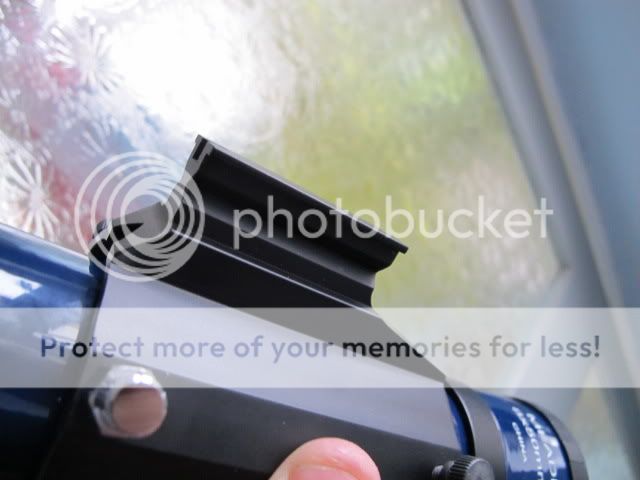Hi
My dad gave me his Draper band saw , he said when he tried to use it , it was rubbish :shock: :shock:
I had a look in the instruction book and there is nothing on setting up the 2 bearings and 4 guide blocks :roll:
I had a play with it and there is one thing I am not sure of
Above and below the table there is 1 bearing and 2 guide blocks
question is , does the back / rear edge of the blade run against the side or edge of the bearing ?
See the 2 photos

and

I think this is how they go ?
:?
My dad gave me his Draper band saw , he said when he tried to use it , it was rubbish :shock: :shock:
I had a look in the instruction book and there is nothing on setting up the 2 bearings and 4 guide blocks :roll:
I had a play with it and there is one thing I am not sure of
Above and below the table there is 1 bearing and 2 guide blocks
question is , does the back / rear edge of the blade run against the side or edge of the bearing ?
See the 2 photos

and

I think this is how they go ?
:?




